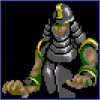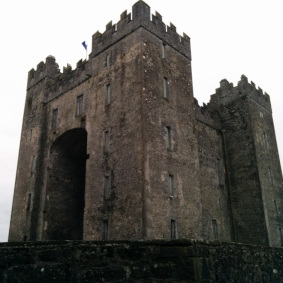https://www.lovevda.it/en/database/8/castles-and-towers/fenis/fenis-castle/979
https://www.openstreetmap.org/relation/11976193 Street view: https://goo.gl/maps/75o4rBcHii6445Fo6
The castle is open for a small entrance fee Tue-Sun throughout the year, and every day in July and August. Closed Jan 1 and Dec 25.
The castle first appears in a document in 1242 as a property of the Viscounts of Aosta, the Challant family. At that time it probably was a simple keep surrounded by walls. From 1320 to 1420, under the lordship of Aymon of Challant and of his son Boniface I of Challant, the castle was expanded to the actual appearance.
Under Aymon’s lordship the castle got its pentagonal layout, the external boundary wall and many of the towers. In 1392 Boniface of Challant began a second building campaign to build the staircase and the balconies in the inner courtyard and the prison. He also commissioned Piedmontese painter Giacomo Jaquerio to paint frescoes on the chapel and on the inner courtyard. Under Boniface I the castle reached its greatest splendor: it was a rich court surrounded by a vegetable plot, a vineyard and a garden where the lord and his guests could relax.
The castle belonged to the lords of Challant until 1716, when Georges-François of Challant had to sell it to Count Baldassarre Castellar of Saluzzo Paesana in order to pay his debts, and for the castle was the beginning of a period of decline. It was turned into a rural dwelling and became a stable and a barn.
In 1895 architect Alfredo d’Andrade purchased it and started a restoration campaign to secure the damaged structures. In 1935 a second campaign by De Vecchi and Mesturino completed the restoration and gave the castle the current appearance. The rooms were also provided with wood period furniture.
The castle is today owned by the Autonomous Region Aosta Valley, which turned it into a museum.

